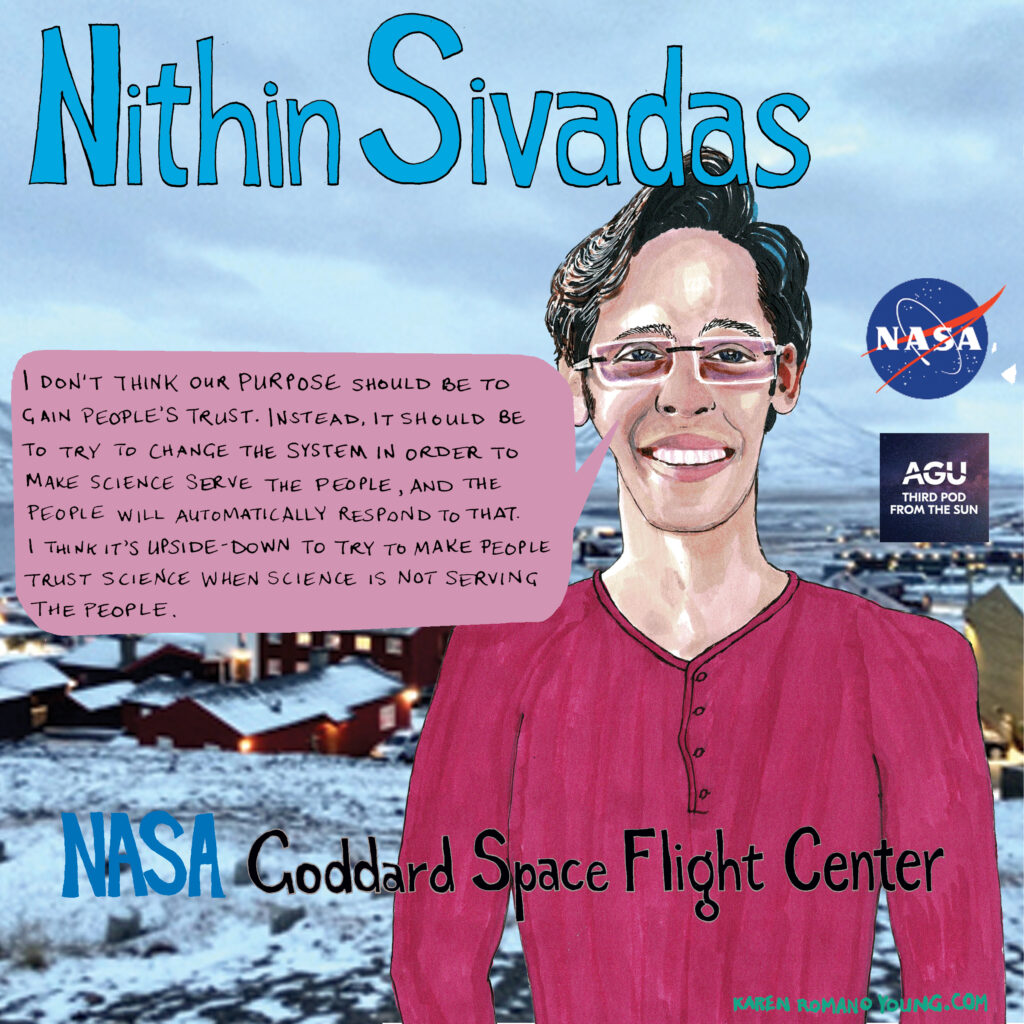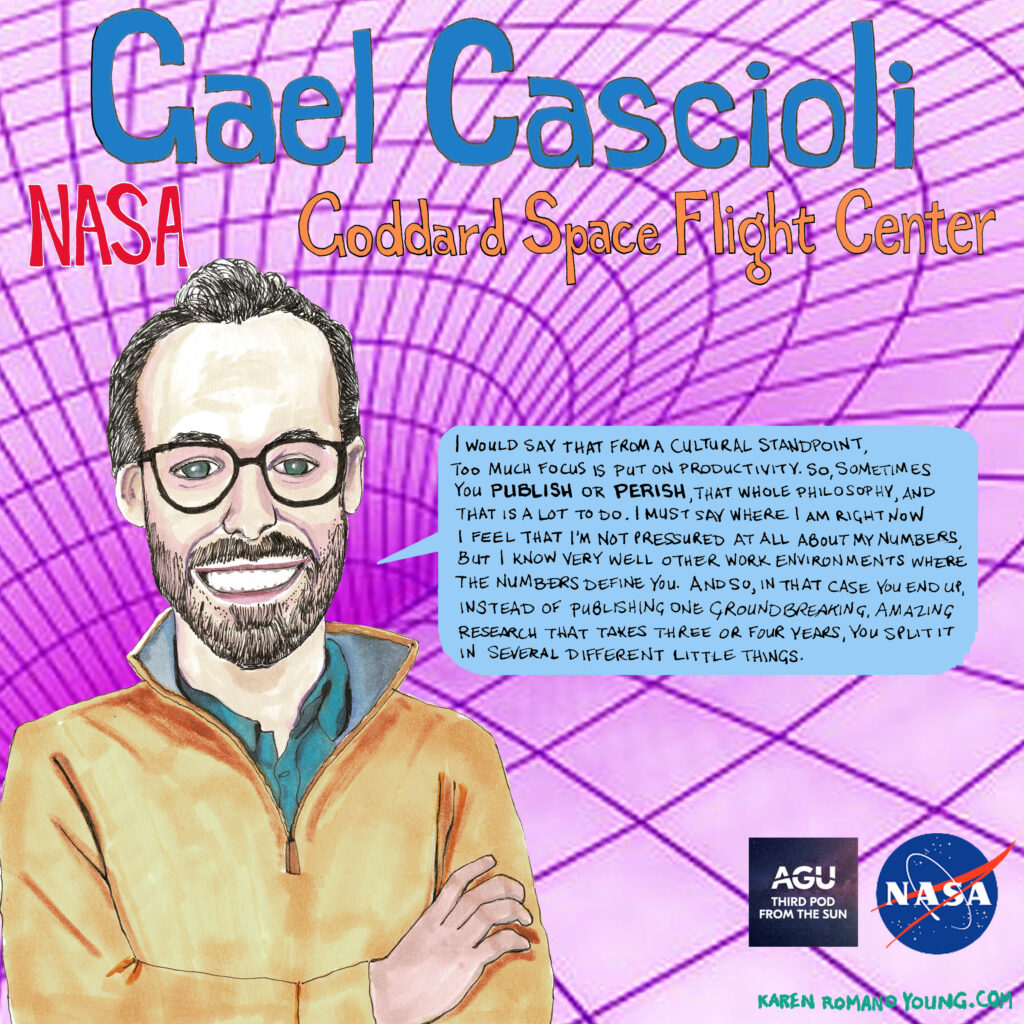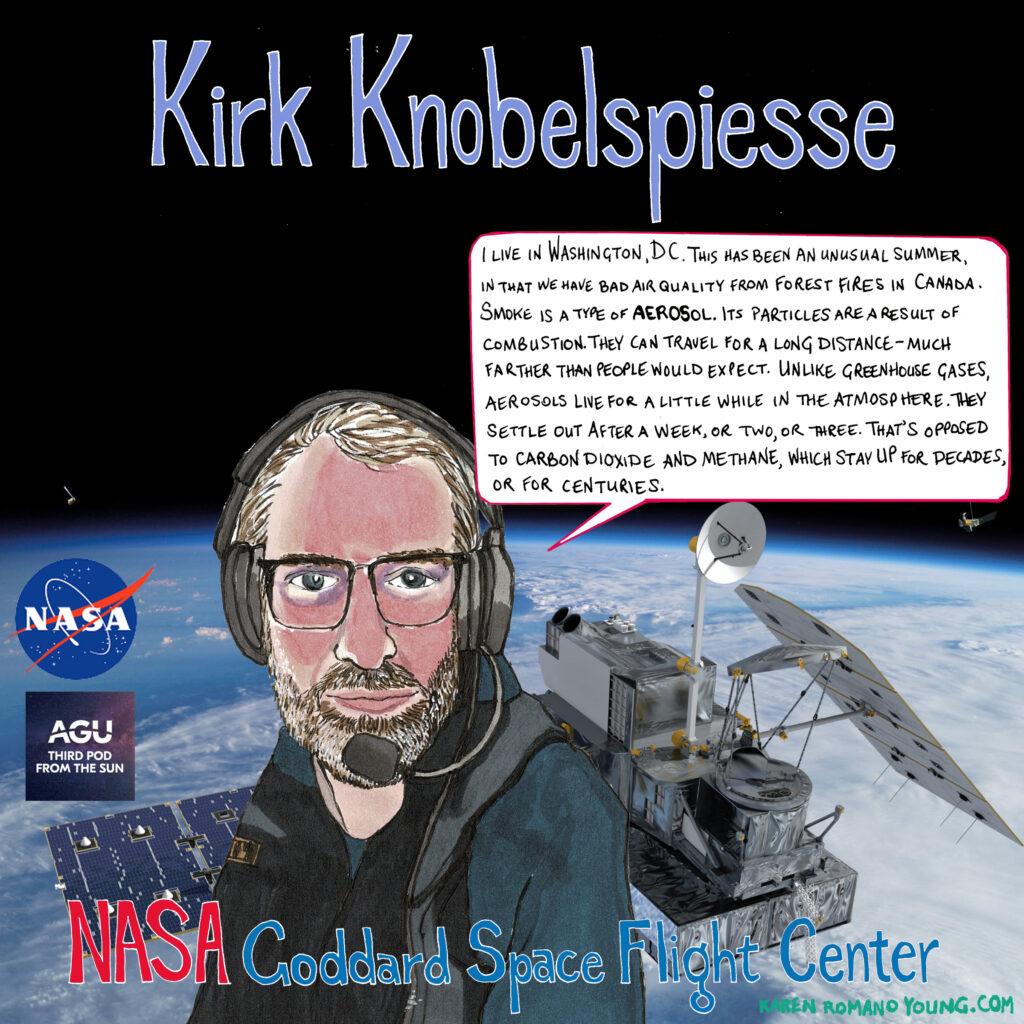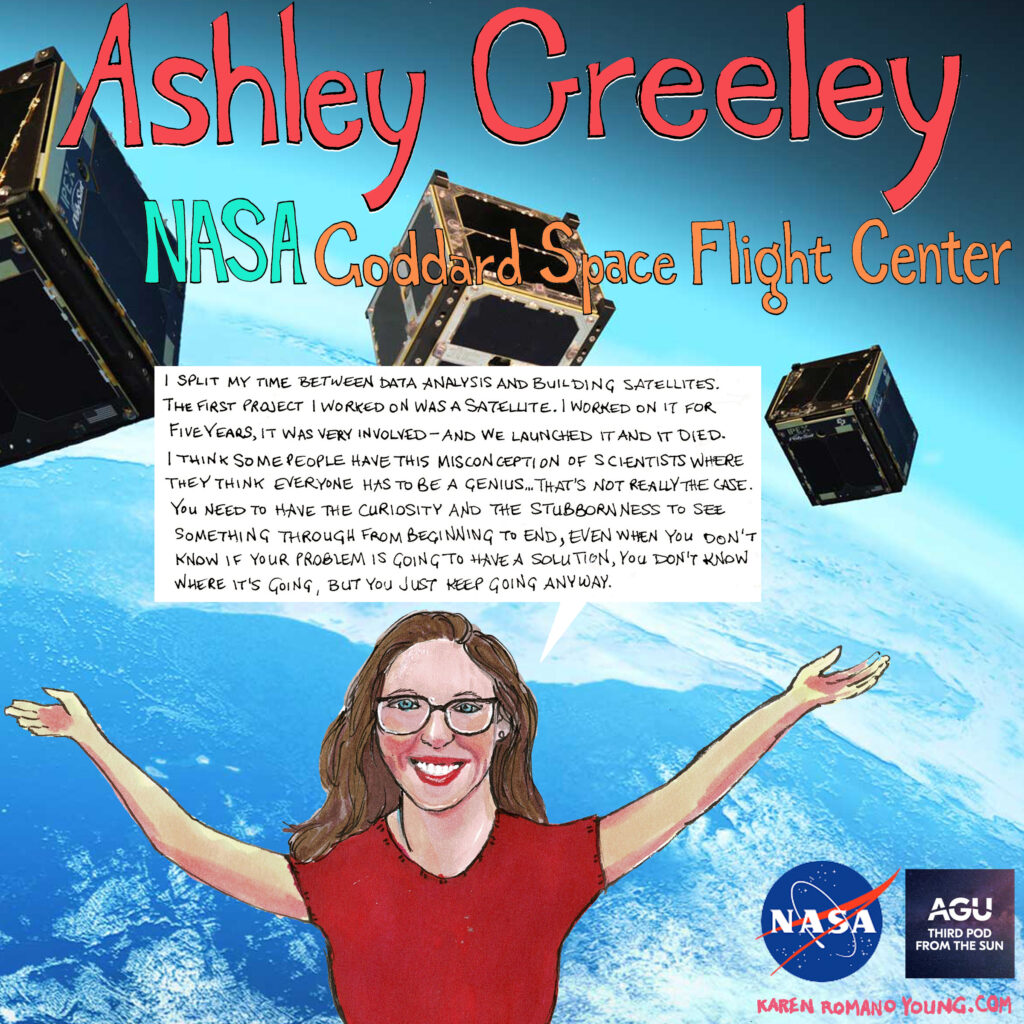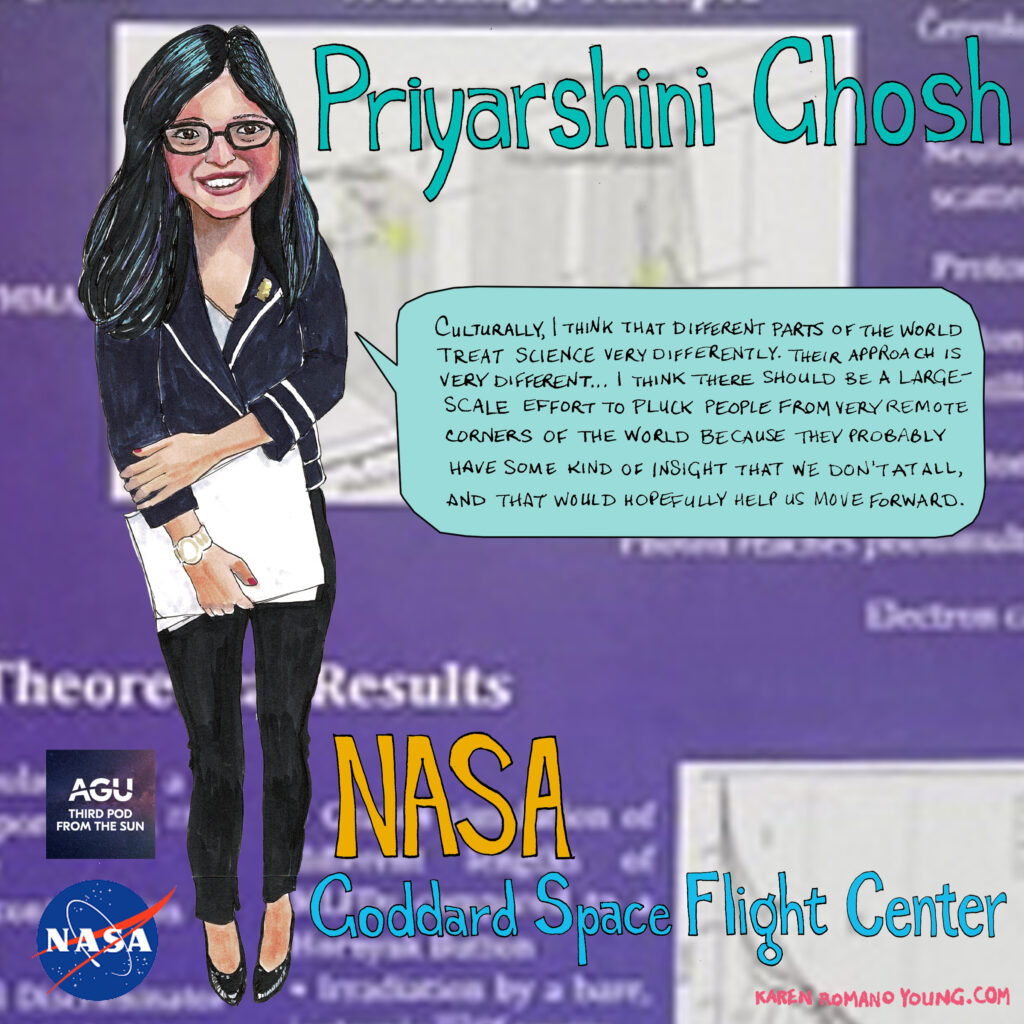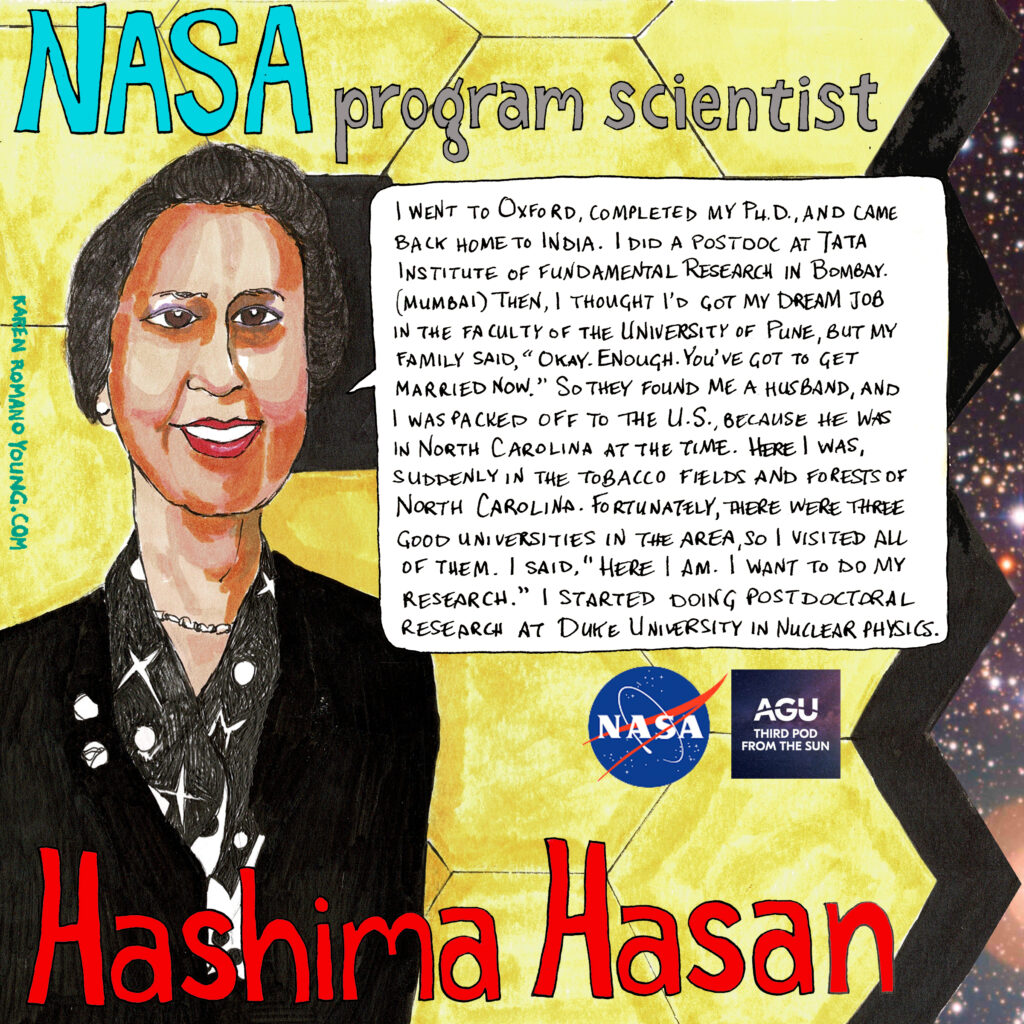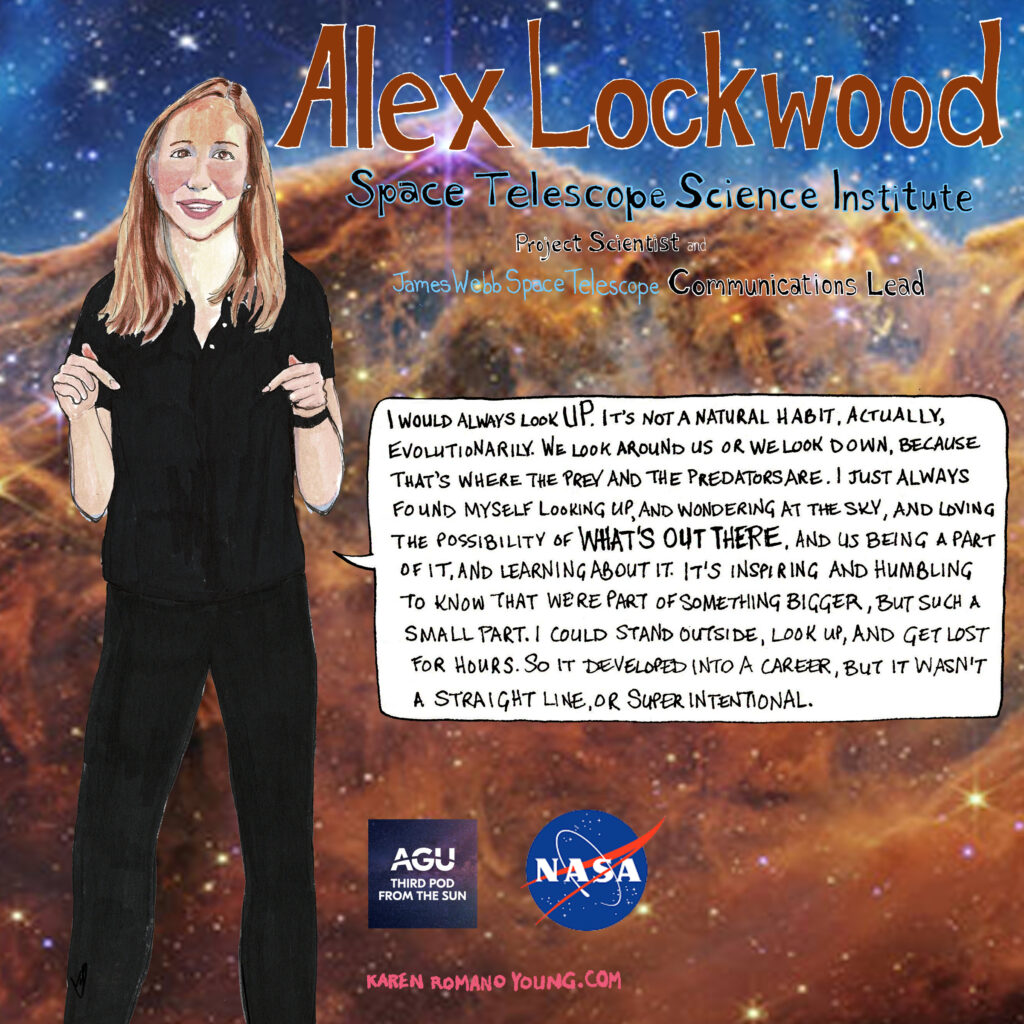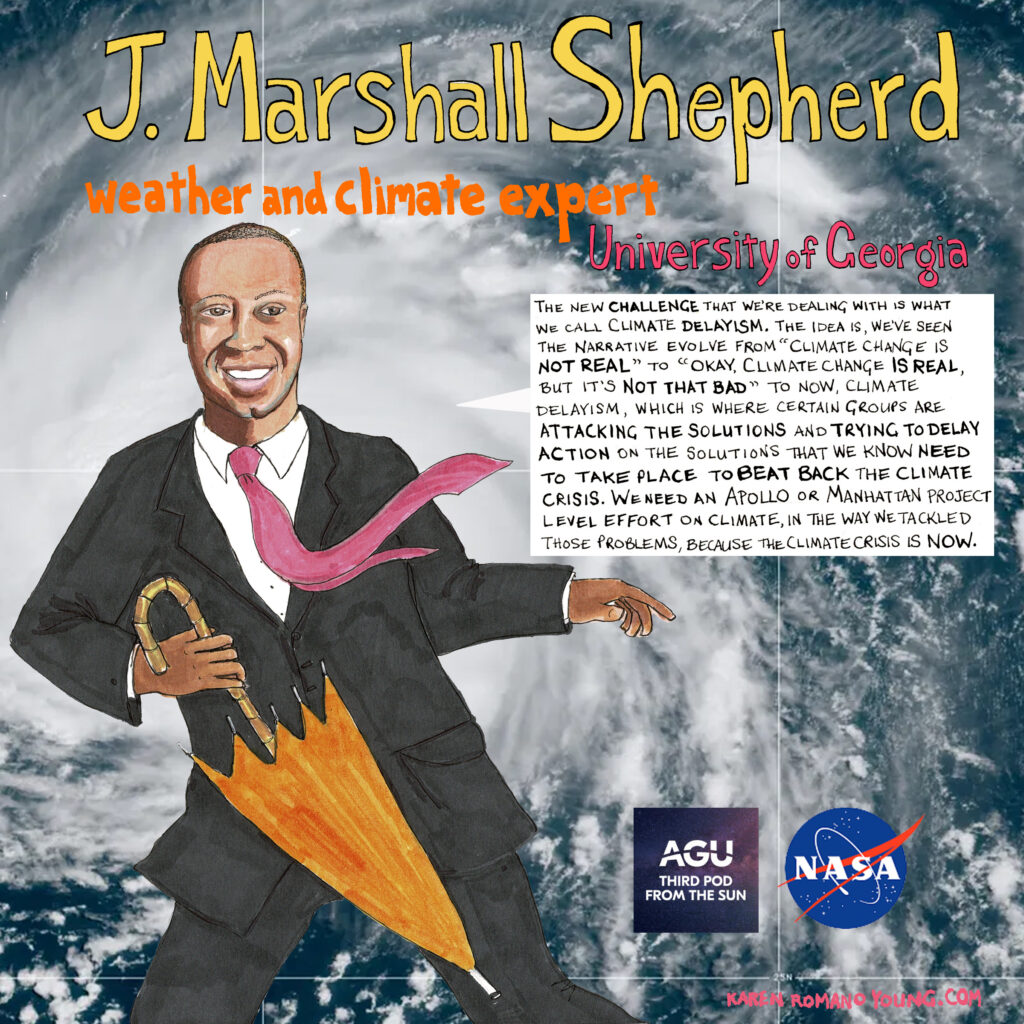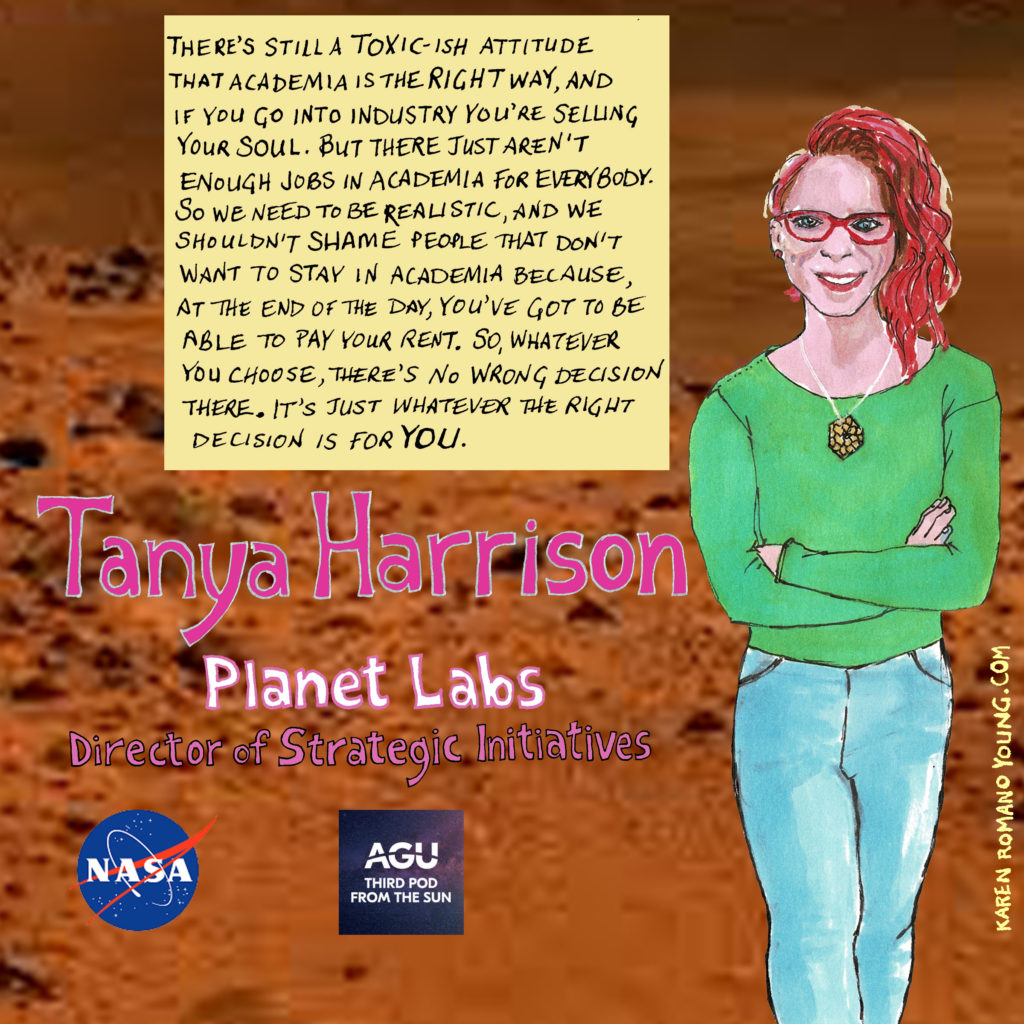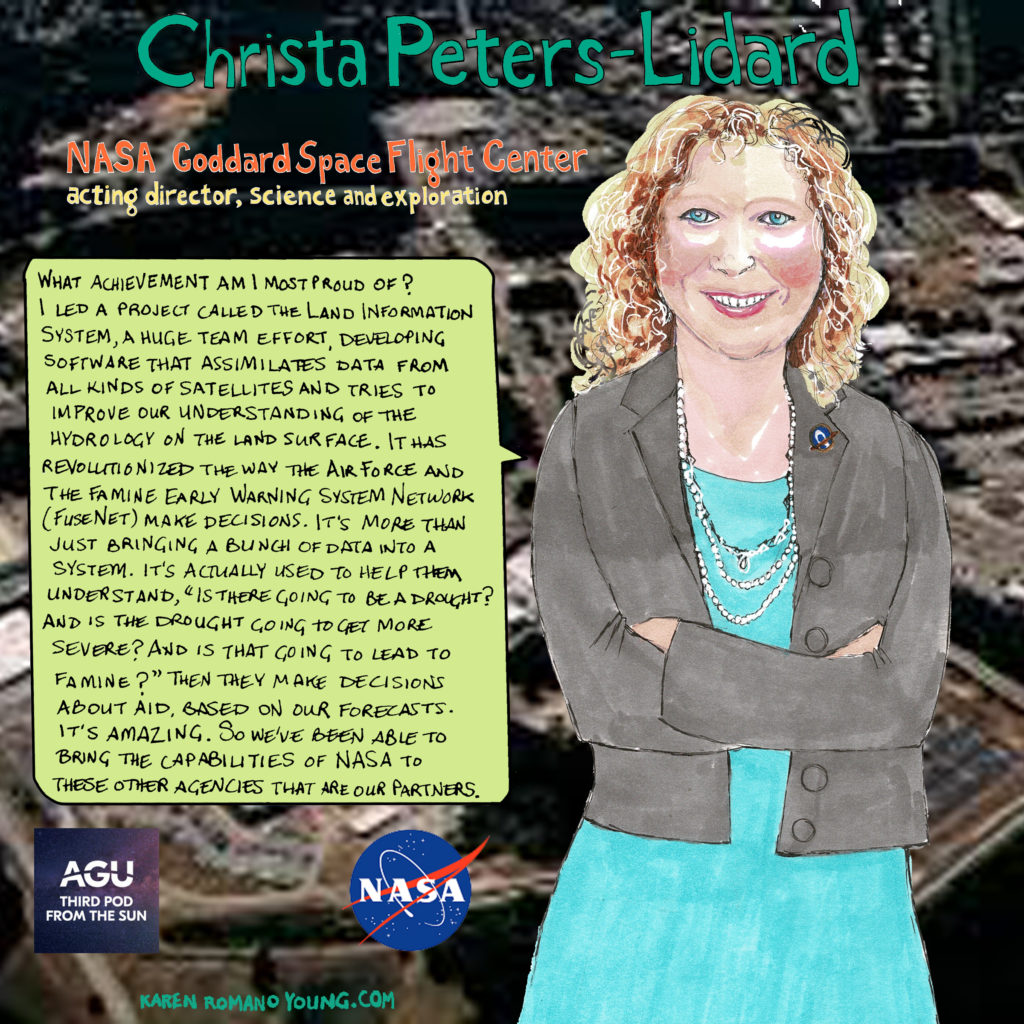Space
Invisible forces: Weathering the (academic space) storm
As a young child in India, Nithin Silvadas picked up Carl Sagan’s Cosmos, and it may have changed his life. From that moment on, he was enraptured with the universe. An undergraduate in engineering (where he literally helped build satellites) and PhD focused on radiation belts around planets (including Earth) later, he’s now a Research Scientist with NASA Goddard studying space weather.
Read MoreInvisible forces: Gravity of the (Venus) situation
What goes up must come down, right? Well, what if things go up and come down slightly slower than you might expect? Are there balloons attached? Filled with helium?
Are you on Venus?
Read MoreInvisible forces: Through the cloud of atmospheric aerosols
If you’re a scientist in an oceanography department, you’re probably studying the ocean, right? Well, part of your job might be studying things like phytoplankton, the tiny oceanic powerhouses that play a crucial role in our planet’s ecosystem. But how about clouds? Oh, and the properties of light, too?
Read MoreInvisible forces: Fielding Earth’s magnetic mysteries
What was the first big project you worked on at your job? An important report? An interesting experiment?
How about helping to build a satellite?
Read MoreInvisible forces: Sharpening our cosmic vision
When you look up into the night sky, what do you see? Is it a clear picture? Do you see anything at all? What if we could enhance our view of the cosmos and develop technology that promises to clear away cosmic blur?
Read MoreOne giant leap: For beating the odds and troubleshooting telescopes
Hashima Hasan is the program scientist for NASA’s James Webb, IXPE, and NuSTAR telescopes, helping to bring those missions from cradle to grave. Hashima followed the space race closely growing up in India, which inspired her to navigate into the sciences from a world where girls were told that they couldn’t.
Read MoreOne giant leap: For James Webb and scientists on the silver screen
Dr. Alex Lockwood is the project scientist on the science communication team for the James Webb Space Telescope at the Space Telescope Science Institute. While earning her Ph.D. in Planetary Astronomy and Science, Alex had the unique opportunity to star in a movie about the challenges faced by grad students.
Read MoreOne giant leap: For meteorology & climate communication
As a leading international expert in weather and climate and Georgia Athletic Association Distinguished Professor of Geography and Atmospheric Sciences at the University of Georgia, James Marshall Shepherd knows a lot about climate, and just as importantly, how to talk about it.
Read MoreYour favorites: A Martian on Earth
Tanya Harrison never thought she was going to be an astronaut. But she was determined to go to space. And she did just that – through satellites, first to Mars, and now looking back at our own third rock from the Sun as she uses satellites to map places near and far.
Read More36-Spaceship Earth: Overseeing space…& Earth
When Christa Peters-Lidard cold-called the head of NASA’s hydrology lab as an undergrad, she wasn’t thinking she’d eventually land that very position. Now as the Acting Director for Sciences and Exploration at NASA’s Goddard Space Flight Center, Christa oversees several critical programs – either orbiting, like the James Webb Telescope, or currently in development – by ensuring scientists have the resources they need for a successful mission.
Read More
